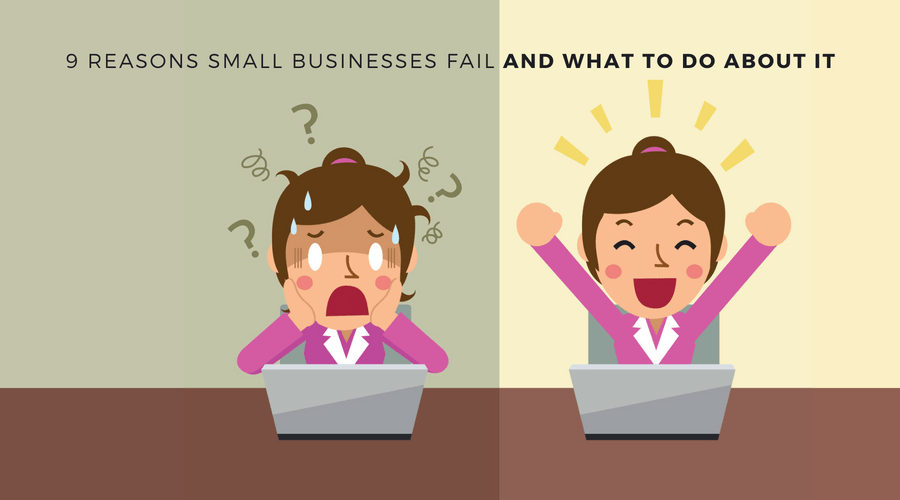Business Structures: Partnership

When you’re first starting your business, consider forming it as a partnership. A partnership is a business owned and operated by two or more people. Because you won’t be the only one operating the business, you’ll have someone to bounce ideas off and make decisions with.
In a partnership, each partner contributes to every aspect of the business – money, property, labor, and skill. You and your partner will share all the management responsibilities and all the profits.
How to Form a Partnership
A partnership is extremely easy to start because it’s automatically created when two or more people engage in business with the purpose of making a profit.
Like any business, you’ll have to register your business with your state, which is usually done through your local Secretary of State’s office.
You will also have to establish your business name. Your business name is either the name listed on your partnership agreement or the last names of the partners. If you want to operate your business under some other name, you and your partner will have to register a Doing Business As (DBA) name.
Some industries, states, and localities require licenses and permits, so you might have to register for those, too.
How to Protect Yourself
When you’re in a partnership, you’re responsible for your partner’s actions and decisions, as well as your own. That means, if your partner makes a bad decision, you and your reputation can be hurt, too. There are steps you can take, however, to protect yourself.
Although a partnership agreement is not legally required, it’s a good idea to have one anyway. No matter how much you and your partner agree now, you will have disagreements down the road. A partnership agreement can help you eliminate a lot of those disagreements before they become a big issue.
A partnership agreement outlines what each partner contributes to the business. It can also help you decide how to
- make future decisions,
- divide profits,
- resolve disputes,
- bring in a new partner,
- buy out existing partners, and
- dissolve the partnership.
Tax Obligations
Like a sole proprietorship, the partnership itself doesn’t pay tax on its income. Instead, the income and losses “pass through” to the individual partners.
Partnership’s Obligations
Each year, the partnership must file Form 1065, U.S. Return of Partnership Income. Then, the business will supply each partner with a Schedule K-1 (Form 1065), Partner’s Share of Income, Deductions, Credits, etc. Schedule K-1 reports each partner’s share of the business’s income or losses.
For tax year 2017, Form 1065 and Schedule K-1 are due on or before March 15, 2018.
Partners’ Obligations
Each partner will have to file Form 1040, U.S. Individual Income Tax Return, and Schedule E (Form 1040), Supplemental Income and Loss.
Self-Employment Tax
Each partner will also have to file Schedule SE (Form 1040), Self-Employment Tax because they’re subject to self-employment tax, which is social security and Medicare taxes for people who work primarily for themselves.
The self-employment tax rate is 15.3% – 2.9% for Medicare and 12.4% for social security. You’ll only have to pay social security on the first $127,200 you make during the year (it goes up to $128,400 for the 2018 tax year).
Quarterly Estimated Taxes
Each partner may also be obligated to pay quarterly estimated taxes. You’re required to pay these if
- you expect to owe $1,000 or more in federal taxes, and
- your withholding will be less than the smaller of
- 90% of the tax shown on your current year’s tax return, or
- 100% of your previous year’s tax return.
To calculate and pay your estimated taxes, file Form 1040-ES, Estimated Tax for Individuals.
Is a Partnership Right for My Business?
Pros of Forming a Partnership
There are several good reasons for starting a partnership, including:
- Partnerships are easy and fairly inexpensive to form. They are the only business entity that can be formed through an oral agreement, so you can form one by just shaking your partner’s hand.
- Because you’re not alone in your business venture, you can share the financial obligations with your partner.
- You and your partner can pool your resources when raising capital, so you’ll have more opportunities.
- Your partnership will be able to attract and hire highly motivated employees by offering the opportunity to become a partner someday.
- Taxes for a partnership are pretty easy to file because the business itself does not have to pay income taxes.
Cons of Forming a Partnership
Unfortunately, there are some downsides to consider before starting a partnership. These include:
- You and your partner can be held liable for the debts and obligations.
- Because you have a partner, you’re not only responsible for your decisions, you’re also responsible for any decisions your partner makes – even if you weren’t involved in the decision.
- Unlike a sole proprietorship, you cannot make decisions on your own. Instead, you have to consult your partner before making any major decisions.
- You might think that you chose the perfect partner, but that doesn’t guarantee that they’ll pull their own weight. You might get stuck doing more work than you thought, if your partner tends to slack off.


